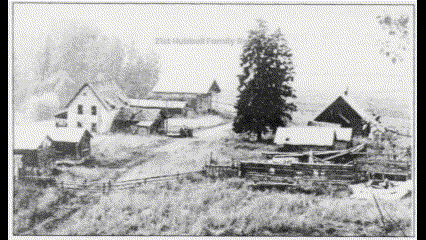Des Moines Biennial
By Hannah Herzog on Jan 15, 2011 | In Uncategorized | Comments Off on Des Moines Biennial
SEE Des Moines!
The Hubbell Family Historical Society Family Biennial Reunion
Des Moines, Iowa
June 23-28, 2013
The 16th Biennial Reunion of
The Hubbell Family Historical Society
The hotel, Stoney Brook Inn is on the outskirts of
Des Moines for our reunion headquarters. It is just off I-80 and
12 miles from the airport. Rooms are $97/night including full breakfast and airport shuttle.
This hotel is a cozy place with an indoor-outdoor pool. Make your hotel reservation now.
Phone: 515-334-9000. You will not need a car.
We are gearing up for a fine reunion in Des Moines, kicking off with a Board of
Directors meeting Sunday afternoon June 23rd. Monday morning is the first Family
meeting. Mid day we will be bused to the Machine Shed restaurant for lunch, then spend the
afternoon at the Living History Farms. Tuesday and Wednesday the plan is for a loop, bus
transport to a variety of places around the City so everyone has an opportunity to
visit Hubbell Center, the State Historical Museum, tour the beautiful Iowa State Capitol,
Science Center of Iowa, Des Moines Botanical Center,
and the list goes on. Tuesday late afternoon we’ll be having a BBQ on the lawn of
Terrace Hill (Governor’s Home donated to the state of Iowa by the Hubbell Family in 1971) with a group photo and a tour of the mansion Jim Hubbell III has arranged. Thursday morning will be the
last Family meeting followed by a BOD meeting and that night our closing banquet
with a guest Historian as speaker. There is more nearby-John Deere plant with tours,
Bass Pro Shop, and the Blank Park Zoo for which Mike Hubbell is getting tickets. Registration
forms are being mailed out in mid-March, but get your airline flights while prices are
down.
Please contact us if you can help us record the event.

